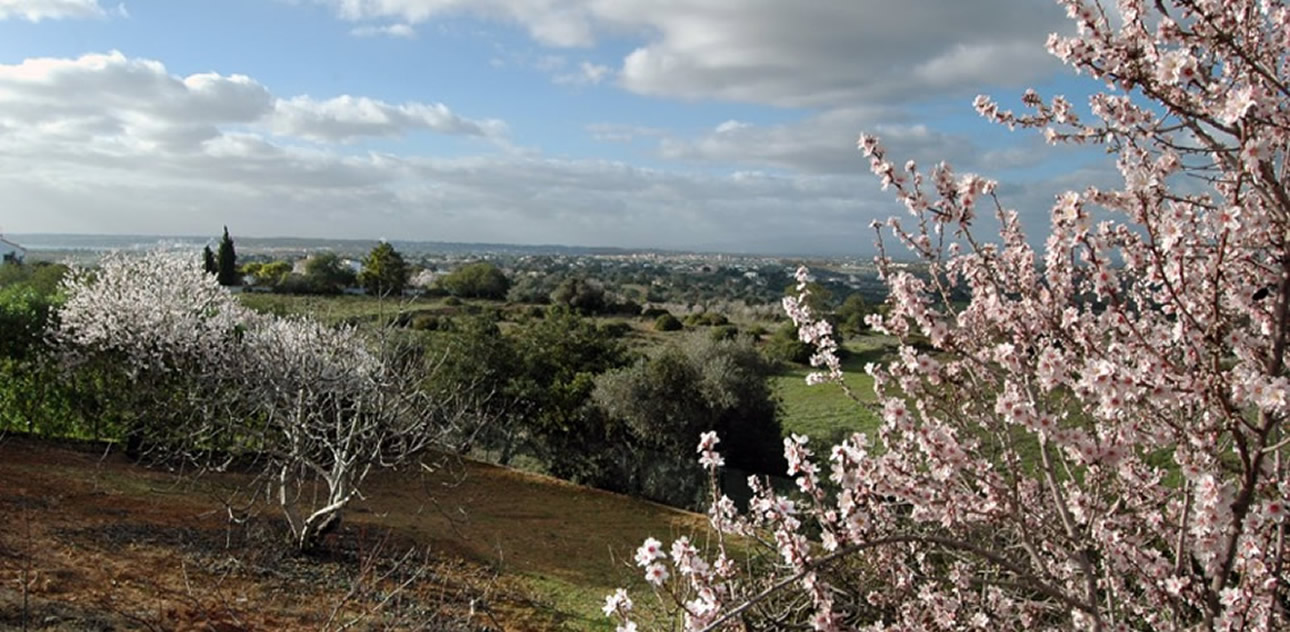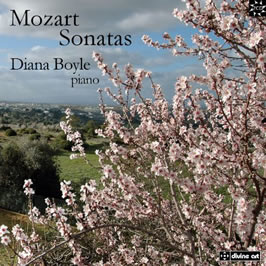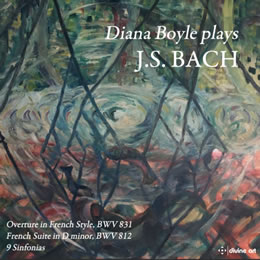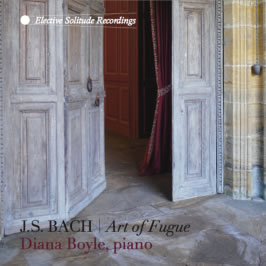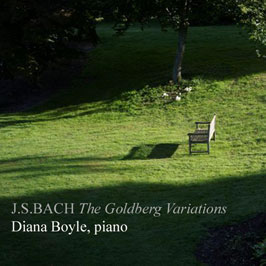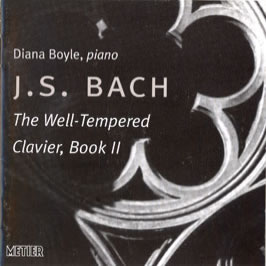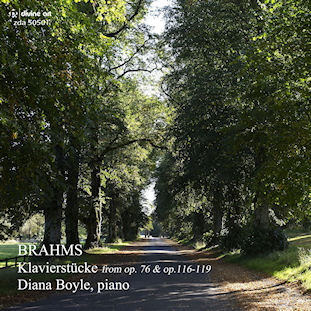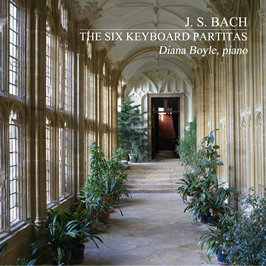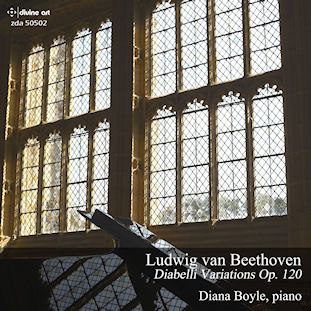Recorded at
Potton Hall, Suffolk,
6th-15th May 2014
Sound Engineer: Brad Michel
Piano Technician: Ehud Loudar
Piano: Grotrian-Steinweg model 225 (c.1991)
![]()
| CD 1 | Total duration 78:30 | CD 2 | Total duration 77:56 | |||
| Piano Sonata in C major, K. 279 | Piano Sonata in B flat major, K. 281 | |||||
| 1 | I. | Allegro | 1 | Allegro | ||
| 2 | II. | Andante | 2 | Andante amoroso | ||
| 3 | III. | Allegro | 3 | Rondeau: Allegro | ||
| Piano Sonata in G major, K. 283 | Piano Sonata in E flat major, K. 282 | |||||
| 4 | I. | Allegro | 4 | Adagio | ||
| 5 | II. | Andante | 5 | Menuetto I / II | ||
| 6 | III. | Presto | 6 | Allegro | ||
| Piano Sonata in C major, K. 330 | Piano Sonata in F major, K. 533 | |||||
| 7 | I. | Allegro moderato | 7 | Allegro | ||
| 8 | II. | Andante cantabile | 8 | Andante | ||
| 9 | III. | Allegretto | 9 | Rondeau: Allegretto | ||
| Piano Sonata in C minor, K. 457 | Piano Sonata in B flat major, K. 570 | |||||
| 10 | I. | Molto allegro | 10 | Allegro | ||
| 11 | II. | Adagio | 11 | Adagio | ||
| 12 | III. | Allegro assai | 12 | Allegretto | ||
Thoughts on playing Mozart
A Conversation Between Diana Boyle and Nicholas Spice
N.S. Before you made this recording of eight Mozart sonatas, you were much preoccupied with the keyboard works of Bach. In fact, your last two recordings have been The Well-Tempered Klavier – Book 2 and The Art of Fugue. What was it that drew you to Mozart for your next project?
D.B. After recording The Art of Fugue, I found it difficult to imagine how I would ever get absorbed again in other music. I have always been fascinated by Glenn Gould’s playing and by his ideas about music, and I began to think about why he had bothered recording all the Mozart sonatas when he appeared to have had so little patience with many of them. I decided to explore the early sonatas, as I had never studied them before, and gradually I was drawn in by their fragility, the slimness of their textures and the possibility of hearing them as chamber music with a lot of scope for the violin and viola - instruments that Mozart himself played, by all accounts astonishingly well.
N.S. We take Mozart’s piano sonatas for granted as a foundation stone of the mainstream piano repertoire. Mozart wrote them, in his late teens and twenties, with an eye on the market for printed music for amateurs. And, with one or two exceptions, they are indeed technically accessible. Many people have played them when they were learning the piano as children or students. These sonatas seem familiar to us and this familiarity can be a kind of barrier. We think we know them and have trouble hearing them afresh. How did you address this problem?
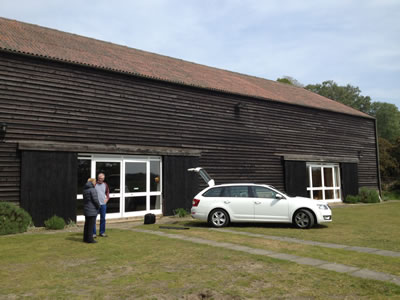
D.B. I count myself extremely fortunate not to have properly discovered these sonatas until relatively recently. When I was a student, everyone seemed to play these works. And so I skirted them, as it were, bye-passing them en route from Bach to Beethoven and Brahms, pausing only briefly for a couple of the Mozart concertos and some of the violin and piano sonatas. On the other hand, I always adored the Mozart string quintets and spent many happy hours listening to those. As a result, I did not have a problem hearing the piano sonatas anew. The early sonatas were excitingly fresh to my ear, and this discovery was the catalyst for me to want to explore all the sonatas.
N.S. Although you had instinctively avoided these works and have made a point of not listening to other performances of them, you made an exception with Glenn Gould, I believe. Gould’s recordings of the Mozart sonatas are notorious. They caused something of an outcry when they first appeared. Why do you think that was?
D.B. Gould was one of the most original musical thinkers of the 20th century. He was also a pianistic genius who could play anything. I think that he genuinely loved the early Mozart sonatas and then became bored by the middle and later works. He was contractually obliged to record the lot, so he amused himself by challenging all received wisdom about them, using tempi and articulation in ways unheard of at the time.
N.S. You share with Gould a distrust and suspicion of the piano as an instrument; or, at least, a distrust and suspicion of pianism. What is it about widely accepted ways of playing the piano that you so dislike?
D.B. I have never been interested in pianism because it seems to involve spectacle for its own sake. I never wanted to practise piano music requiring flashy dexterity of any kind. I have always been more interested in music as music. As a young person, I enjoyed studying scores or playing the violin in chamber music groups, every bit as much as playing the piano. I have always run a mile from any hint of competitive point scoring (you know – who can play fastest and loudest). I also loathe the fact that pianists these days tend to load everything with so much pedal.
N.S. Gould had a refreshingly dialectical approach to Mozart, as he did to everything, and he found much in Mozart’s sonatas that he didn’t rate very highly. On the other hand, he made a distinction between the early sonatas and the later ones. Do you share his preference for the earlier works?
D.B. Gould's favourite sonata was indeed an early one, K284 and he seemed to become increasingly irritated by the later sonatas. In this respect, I feel differently. I do love the early sonatas, especially K281 and the second and third movements of K283, but I think K533 and K570 are truly wonderful works. I find them utterly compelling from beginning to end.
N.S. Gould called Mozart a ‘right-handed composer’. What did he mean by that?
D.B. I don't think that was quite fair. There is plenty going on in the left hand of these sonatas, especially if you think in terms of scoring them for other instruments.
N.S. Mozart’s piano writing in these sonatas is not notably contrapuntal. Yet, listening to your performances of these works, I am continually aware of inner voices, often disclosing themselves with great subtlety in places one wouldn’t normally expect them – in the figuration of the Alberti bass, for example. In your approach to these sonatas, how important was the question of counterpoint and how did you rehabilitate the left hand?
D.B. Again, it's all there if you look for it. I never thought of the Alberti bass as a formulaic pianistic device, and when you treat it not as merely an accompanying figure of no intrinsic interest but as worthy of attention in its own right, the voices within the figure begin to speak as independent lines.
N.S. Mozart was particularly admired for his expressive playing (in contrast to technicians like Clementi). One of the most interesting aspects of his approach to his own music (he describes it in a letter to his father) was his use of a kind of rubato, whereby the two hands do not always synchronise. Chopin also recommended a similar technique to his pupils. This brings us back perhaps to the question of inner parts and voice leading. For the purpose of such a technique must surely have been to differentiate voices. Is there any parallel to this in your own playing? In the way you balance chords, for example?
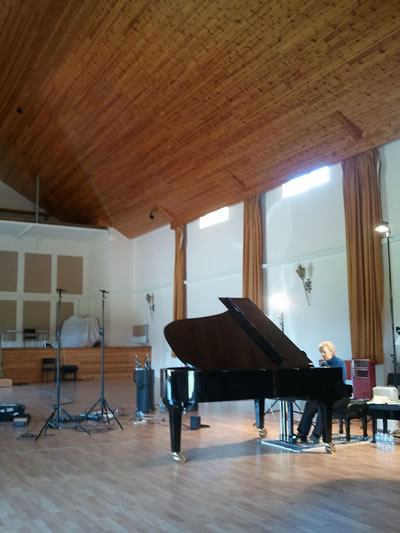
D.B. I did not consciously set out to use rubato, though I do find it difficult to end a very beautiful slow movement with the strictest sense of timing - without placement.
As to the balancing of chords, I have noticed that, to my ear at least, the balance often sounds better in these works, when I give the viola voice slightly more weight than the bass. In this respect, playing Mozart is very different from playing Bach.
Working on these sonatas, I was always looking for contrapuntal opportunities. Even in the very first sonata, K279 (think of the development of the third movement), there are passages of counterpoint that are harbingers of things to come in the later works. Of all the joyous experiences I had studying these sonatas, the challenge of finding a way to convey clearly the contrapuntal beauty in the last movement of K533 stands out.
N.S. Mozart wrote these sonatas in the 1770s when the piano was still at an early stage of development. The earliest conclusive account of Mozart playing a piano dates from the winter of 1774-75. Before that, he will have played and written for harpsichords and clavichords. The piano of 1774 was a very different instrument from the piano of 2015. What problems does the modern piano present for the interpreter of these sonatas?
D.B. For me, the modern piano is not well suited to this fragile music. We know something of what Mozart looked for in a piano from his letters. Here, for example, he writes about a visit to Stein on 7 October 1777, when he found an instrument he really liked:
‘Before I had seen any of this make, Späth's claviers had always been my favourites; but now I prefer Stein's because they damp much better. When I strike, I can keep my finger on the note or lift it, but the sound ceases the moment I have made it. In whatever way I touch the keys, the tone will always remain even. It never grates, it is never stronger or weaker or entirely missing; in a word it is always even’
Mozart’s major concern was that he had control over the release time of each note: he wanted the note to damp cleanly so that the end of the note was clear. Modern pianos tend to have a long sound, and they are usually burdened with a heavy touch. For myself, I need my finger to go to the bottom of the key with absolutely no resistance. I have had to ask technicians to make many adjustments to my instrument to allow me this degree of control, particularly for playing the softest chords in slow passages.
N.S. If I understand you correctly, you have approached these works first as music and only second as piano music. In fact, you have actively tried to block the piano out of your mind and to work against it as an instrument. Could you say more about this?
D.B. My approach to thinking about these sonatas was first of all to orchestrate them in my head. I spent some time writing some of them out scored for a string trio or quartet, and in the later works I scored for an orchestra. I always searched for a sound at the keyboard that I had already imagined in my inner ear – instrumental sound such as a clarinet, flute, bassoon or horn, and, of course, most frequently violin, viola or cello. I don't really feel that I am a pianist at all, just a musician who uses the piano as a means to express my thoughts.
N.S. Delicacy of sound and instrumental variety of timbre are important objectives for you. But, as you say, the modern piano is not well suited to these aims. How have you surmounted the difficulties of the modern instrument? You have very strong and interesting views about the technical set-up of your piano and its regulation.
D.B. I am always looking for a slim sound, not a heavy one, but also definitely not a thin one. The regulation I require in my piano is determined by the sensitivity of touch that I seek, and by my need to have control of every note through being able to get to the bottom of the key using the whole arm (not just the finger) at any dynamic level I desire and without any resistance from the physical mechanisms of the instrument. I see things from the perspective of a violinist. The freedom of my arm determines the sound and the touch. When I play I stroke the keys at all times. In technical terms, I need the ‘set off’ to be as close as possible and the body lever return spring as weak as possible, so as to just hold the hammer when it is checked, and for the drop of the hammer to be as minimal as possible while still allowing repetition (eg trills, mordants etc). Actually I don't care too much about the repetition issue. I'm more concerned that I can control the slowest and softest moments of the music.
N.S. You often speak about the need to let the music breathe, of the wish to give it more ‘air’. What do you have in mind?
D.B. Music comes to life for me only when it breathes. That does not mean messing around with uneven tempi or tasteless rubato. The breath comes from one's own perception of the musical line, the shape, the architecture. The music needs to be able to breathe between the notes; that's where the ‘air is. And it’s this that brings the music to life, gives it energy, depth, momentum etc…
N.S. If one of the limiting conventions of modern piano playing derives from a fixation on ‘piano sound’, then another related problem is the tendency to phrase across bar lines. Could you say a little about this? Glenn Gould spoke about the way Schnabel took out the bar lines when he played Beethoven. Have you done something similar?
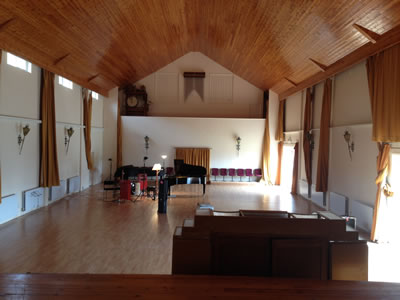
D.B. One needs to have a very clear idea of the structure of the musical line and not get impeded by the endless procession of bar lines in the score. So one might try to liberate oneself from the time signature and imagine the beats differently in order to extend the phrase, or even choose to think of the music without the printed bar lines altogether. By opening up the line in this way, one hopes to let air and breath into music. But whatever one tries, it is only in the tiniest most subtle differentials that any change can be perceived, and, of course, what one perceives is always subjective.
N.S. And, what of the pedal?
D.B. I have never been interested in using pedal except where it is impossible to get to the next chord without a touch of pedal to catch and sustain the note. I just don't care for the sound of a chord with the pedal fully engaged for the duration of the note or chord. I don't use soft pedal either. I find the soft pedal sound lacks clarity. It just seems dull or woolly to me.
N.S. Your great teacher was the Polish American pianist, Artur Balsam. Balsam was one of the most revered Mozart players of his day. What did you take from Balsam? How does your approach to these works differ from his?
D.B. Balsam was the most wonderful pianist and musician as well as being a hugely kind and generous human being. I was incredibly fortunate to be his pupil and then be counted as a musical friend until his death. He always encouraged me to find my own musical voice and he never dictated in any way. I learnt by listening to him play and by watching him.
No pianist stroked the keys in such a tactile way as Balsam. He was a very deep thinker about music, but made light of that. Music was a never-ending delight and joy for him, and I think we got on because he sensed that I cared as much about the music as he did. I have no idea what he would have made of my approach to these Mozart sonatas, though I think he might have been pleased that I made an attempt to persevere with them in my own way.
Nicholas Spice is the Publisher of the London Review of Books
November, 2015 .

